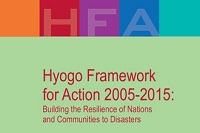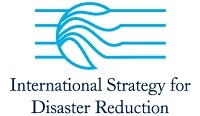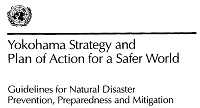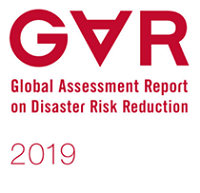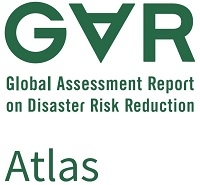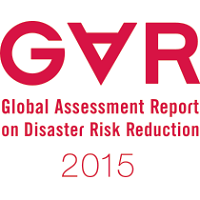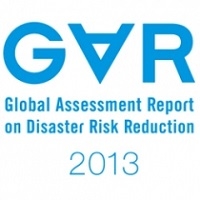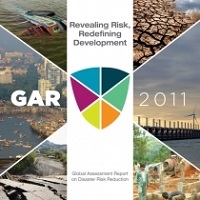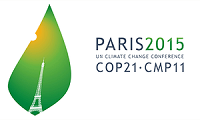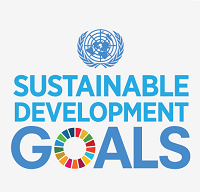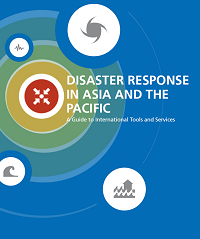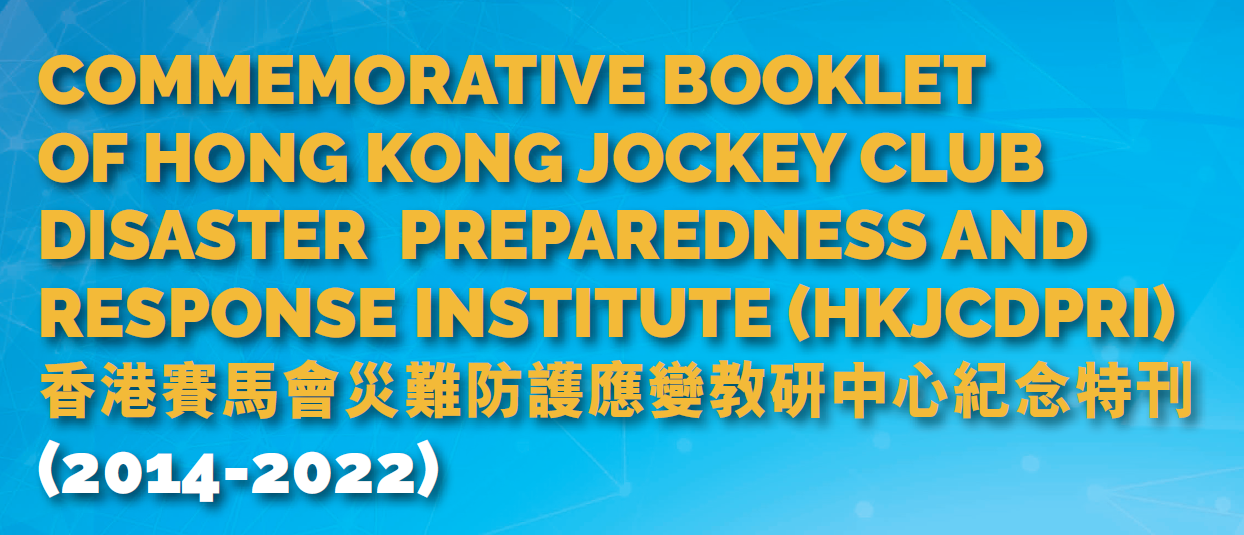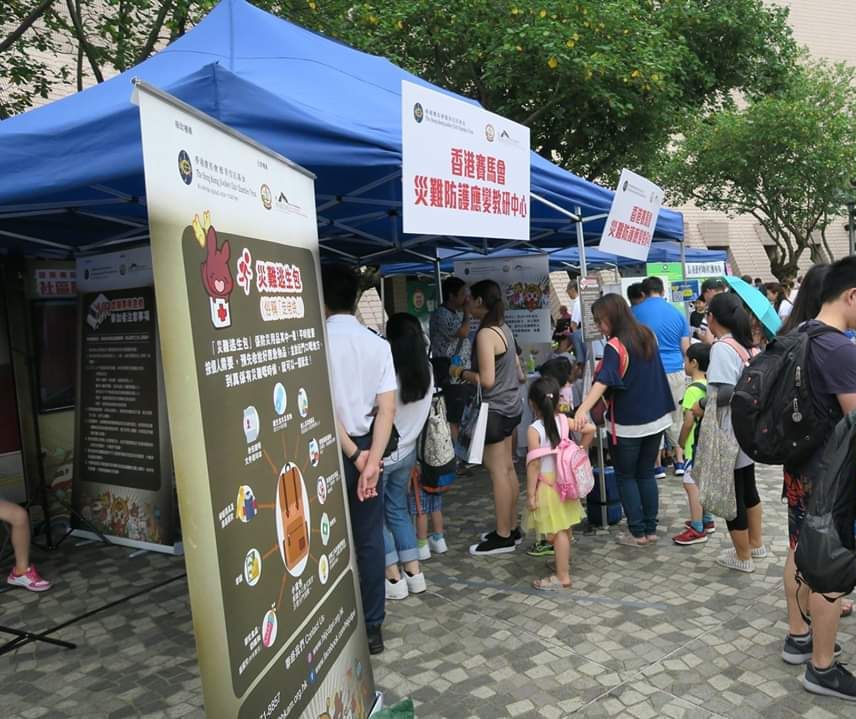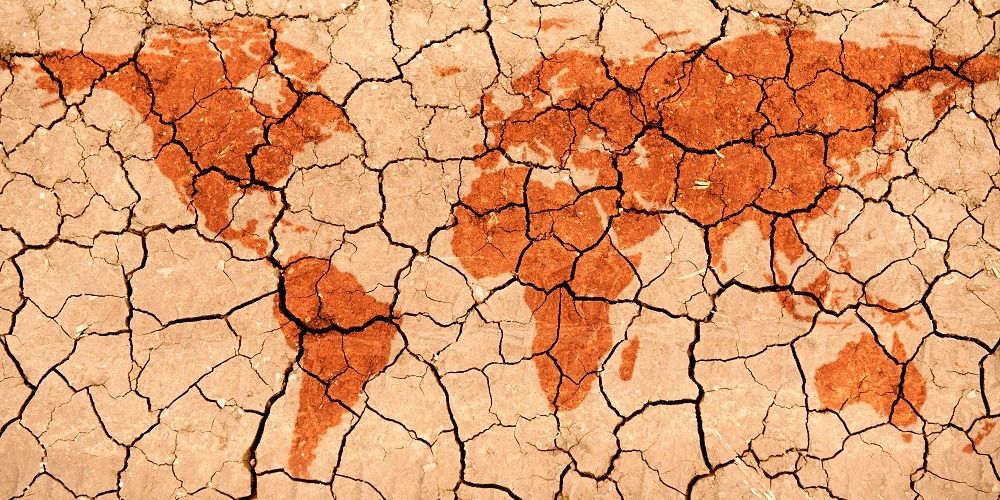You are here
Publications & Research
Publications & Research

Publications & Research
The HKJCDPRI Publications Section contains collaborative researches and publications with our partners and renowned academic institutions, and other research and development projects related to disaster preparedness and response.
The Guidelines section contains our selected collection of technical information, operational guidelines and useful tools for disaster management.
The Blog sub-section provides a platform where our team and peers share news and updates, as well as opinions and experiences in building disaster preparedness for the communities.
The blog posts are written by the author in his own personal capacity / affiliation stated. The views, thoughts and opinions expressed in the post belong solely to the author and does not necessarily represent those of Hong Kong Jockey Club Disaster Preparedness and Response Institute.
All resources listed here are freely and publicly available, unless specified otherwise. We ask users to use them with respect and credit the authors as appropriate.
2019

Recently, I attended the 4th Global Summit of Research Institutes for Disaster Risk Reduction (4th GSRIDRR) in the Disaster Prevention Research Institute, at Kyoto University. And I managed to take away with me a few major learnings from the Summit, which I wish sharing here!
My first learning was about the new scientific challenges to disaster risk reduction and disaster risk management, and there is continuing need to foster uptake of science in government and industries to support implementation – suggestions on what works! I found the organization by Gluckman on the “Five categories of science advice” very comprehensive:
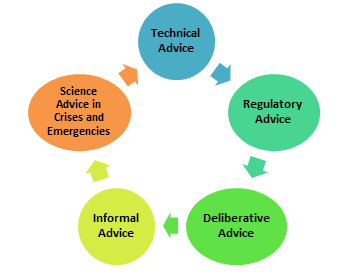
“Five Categories of Science Advice” (Gluckman 2016)
In fact, one of the new scientific challenges is how to close the gaps identified between scientist and decision makers.
The second learning was about the need for holistic scientific advice during crises. According to Professor Virginia Murray, Sendai Framework highlighted the need for holistic scientific advice during crises and emergencies; and the key role of individual science advisor is to be that of “knowledge brokerage” during crises. I was stunned by the comprehensive list of knowledge connections presented, and the continuing establishment of institutes, conferences in disaster risk reduction, as well as the passion in learning by students coming from countries where natural hazards are part of life.
The next learning was about the need in synthesis of knowledge. I could not agree anymore with Professor Murray’s concluding thoughts that there is a need in synthesis of knowledge to inform decision makers at local, national, regional and global levels; we have to learn how to face a new era of risks and to jointly enhance our resilience. Knowledge transfer, co-development of solutions, and continuous uptake of innovative solutions are the ingredients of a more resilient society. However, risk awareness, communication, training and education are imminent for stakeholders at all levels, particularly for urban cities which have been in the comfort zone (fortunately!), such as Hong Kong.
In parallel, I learnt about the interests and demand in structured training and certification in emergency planning, management and disaster preparedness. It resonated with the public’s interests in Hong Kong where there have been varieties of non-accredited training programmes in the discipline offered by various community partners. However, these courses could not be inter-linked to create a synthesis of knowledge due to lack of coordination in their curriculum design and implementation. There was a huge challenge for learners to put the fragmented learning outcomes of these courses into practice and actions.
I recalled reading an article on Risk Governance: Application to Urban Challenges (2018). People living in urban environments face multiple risks which range from financial risks, physical risks (natural hazards), technological risks (building structures, infrastructure, hazardous facilities), and social risks (violence, social dissatisfaction).These risks are often inter-linked with each other, hence, need for an integrated governance approach for systemic risks. To put into practice, we need to focus on the steps between knowledge and action by:

Steps Between Knowledge and Action
The last but not the least learning was about the direction of investment in future, that investments should be made in disaster risk reduction for resilience, and there should be a paradigm shift in international funds from post event aids to real prevention, and mitigation action, and national capacity. Investments from local government and philanthropy should increase their weighting in education and training in disaster risk reduction, and to provide guidance for learners to put their knowledge into practice and actions following the concept of risk governance.
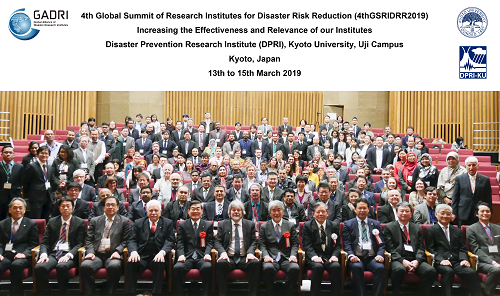
References:
Gluckman, P.D (2016). Science Advice to Governments, An Emerging Dimension of Science Diplomacy
Renn, O., Klinke. A., Schweizer, P. Risk Governance: Application to Urban Challenges. Int J Disaster Risk Sci (2018) 9:434-444.
By Dr. Josephine Jim, Hong Kong Jockey Club Disaster Preparedness and Response Institute
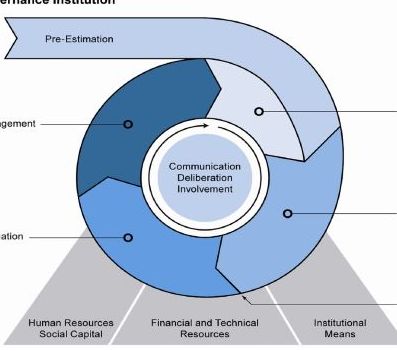
People living in urban environments face multiple risks which range from financial risks, physical risks (natural hazards), technological risks (building structures, infrastructure, hazardous facilities) and social risks (violence, social dissatisfaction).These risks are often inter-linked with each other, hence, the concept of “risk governance” has been developed to provide tools to deal with complex risk situations in urban areas.
A New Framework
Based on previous work by various scholars, the three major characteristics of risk knowledge that pose specific challenges for risk governance are: Complexity; Scientific Uncertainty and Socio-political Ambiguity. In this article, the International Risk Governance Council (IRGC) suggested a new framework after its original framework in 2005. The new framework structures the risk governance process in 5 steps, accompanied by communication and stakeholder involvement throughout the cycle, together with the effective use of resources:

In the Pre-estimation Phase, relating to risks in urban environments, architects, builders, urban planners, industrial contractors, real estate agents and the affected population all have different expectations and concerns that should be addressed.
The stages of Interdisciplinary Risk Estimation and Risk Characterisation are: risk assessment and concern assessment which are to match physical risk assessments with human perception. And a risk estimate combines the hazard, exposure and vulnerability assessments into an overall risk profile.
In the context of urban risks, Risk Evaluation includes comparing different management plans and options by considering two sides: the opportunities including potential revenues and the risks including financial costs and liabilities.
In dealing with urban risks, factors like the degree of complexity, uncertainty and ambiguity determine the options of risk reduction that relate to best available technical knowledge (high complexity), emphasise reversibility and robustness (high uncertainty) and to collect plural value input in case of high ambiguity. Risk Management is to review all relevant data and information generated in risk estimation, characterisation and risk evaluation.
How To Make It Work?
The management agencies’ capability to resolve complexity, clarify uncertainty and handle ambiguity determines the effectiveness of the risk governance process. The keys are communication and deliberation to attain a common understanding of the problems and to address the specific challenges raised; reaching an agreement on the most acceptable risk reduction solutions; and the processes of involving government actors, experts and stakeholders, and the public. Examples of processes are open meetings, interviews, surveys and reflective processing via mediation, round table, forum, consensus conferences and public advisory committees.
Other Considerations
Risk governance includes a dynamic governance process of continuous and gradual learning and adjustment. There is a need to understand the various concepts that people associate with quality of life in urban environments to find a consensus on risks and benefits and balancing pros and cons.
This article is summarised from: Renn, O., Klinke. A., Schweizer, P. Risk Governance: Application to Urban Challenges. Int J Disaster Risk Sci (2018) 9:434-444.
https://link.springer.com/article/10.1007/s13753-018-0196-3
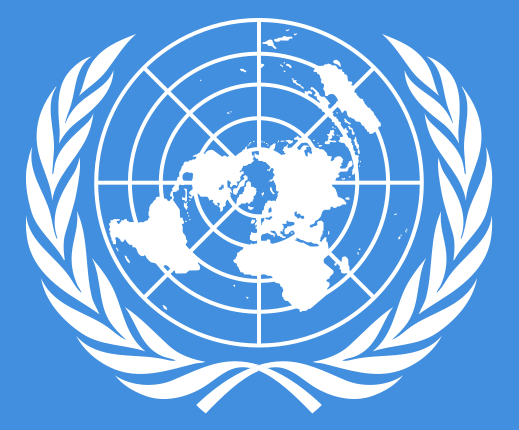
The United Nations system has a special leadership role in global risk and disaster reduction by its universal character, inter-disciplinary and multi-sectoral scope and role as a forum for global dialogue.
This session contains our selected documents and guidelines published by the United Nations system such as the United Nation Office for Disaster Risk Reduction (UNISDR), the United Nations Framework Convention On Climate Change (UNFCCC), The United Nations Human settlements Programme (UN-Habitat) and other related agencies.
*Descriptions of documents are taken from the source documents. The documents are not owned by the HKJCDPRI, and are freely and publicly available, unless specified otherwise. We ask users to use them with respect and credit the authors as appropriate.
Frameworks and Recommendations by UNISDR
Publication | Publication Year | Author | Description |
 | 2018 | UNISDR | This Strategic Approach to Capacity Development for Implementation of the Sendai Framework for Disaster Risk Reduction seeks to establish among all stakeholders a common understanding of capacity development within the disaster risk reduction (DRR) context. This Strategic Approach is a resource of empowerment for all relevant capacity development partners and stakeholders, and its goal - A Vision of Risk-Informed Sustainable Development by 2030. |
The Sendai Framework for Disaster Risk Reduction 2015-2030
| 2015 | UNISDR | The Sendai Framework for Disaster Risk Reduction 2015-2030 (Sendai Framework) is the first major agreement of the post-2015 development agenda, with seven targets and four priorities for action. The Sendai Framework is a 15-year, voluntary, non-binding agreement which recognises that the State has the primary role to reduce disaster risk but that responsibility should be shared with other stakeholders including local government, the private sector and other stakeholders. |
| 2005 | UNISDR | The Hyogo Framework for Action 2005-2015: Building the Resilience of Nations and Communities to Disasters (HFA) is the first plan to explain, describe and detail the work that is required from all different sectors and actors to reduce disaster losses. The HFA is a 10-year plan to make the world safer from natural hazards. |
International Strategy for Disaster Reduction
| 1999 | United Nations | The International Strategy for Disaster Reduction (ISDR) was launched by the Economic and Social Council and endorsed by the General Assembly as an international framework for responding to the challenge presented to the international community by the increasing incidence and scale of disasters. UNISDR was created as an inter-agency secretariat of ISDR together with the Inter-Agency Task Force on Disaster Reduction. |
Yokohama Strategy and Plan of Action for a Safer World
| 1994 | United Nations | The Yokohama Strategy for a Safer World: Guidelines for Natural Disaster Prevention, Preparedness and Mitigation and its Plan of Action was adopted at the 1994 First World Conference on Natural Disaster Reduction, building on the mid-term review of the International Decade for Natural Disaster Reduction. |
International Decade for Natural Disaster Reduction
| 1989 | United Nations | Given the increasing concern about the impact of disasters, the UN General Assembly declared 1990-1999 the International Decade for Natural Disaster Reduction (IDNDR). Initially, IDNDR was influenced largely by scientific and technical interest groups. However, the broader global awareness of the social and economic consequences of disasters caused by natural hazards developed as the decade progressed. |
Global Assessment Report (GAR) Disaster Risk Reduction
Publication | Publication Year | Author | Description |
| 2019 | UNISDR | This GAR is about understanding better the systemic nature of risk, how we are able to recognize, measure and model risk, and about strategies to enhance the scientific, social and political cooperation needed to move towards systemic risk governance. It reinforces the message that we need to reduce vulnerability and build resilience if we are to reduce risk. It looks at what countries and regional and international organizations have been doing according to formal reporting under the Sendai Framework Monitor (SFM). It also considers country practices in developing national and local plans to enhance risk reduction capacity, to integrate disaster risk reduction (DRR) with development planning and climate change adaptation (CCA), and to pay special attention to risk in rapidly growing cities and fragile/complex contexts. |
| 2017 | UNISDR | The GAR Atlas presents the output of a Global Risk Model (GRM) that can estimate the disaster risk associated with different kinds of hazard faced by national economies throughout the world. The model uses a state-of-the-art probabilistic approach analogous to that applied by the catastrophe modelling and insurance industry over recent decades. This model has been developed by a consortium of leading scientific and technical organisations, under the coordination of UNISDR. |
| 2015 | UNISDR | The fourth edition of the GAR is a resource for understanding and analysing global disaster risk today and in the future. The report explores the large potential losses from disasters currently face by many countries - especially those which can least afford to invest in future resilience and the cost and benefits of disaster risk management (DRM). |
| 2013 | UNISDR | The third edition of the United Nations Global Assessment Report on Disaster Risk Reduction (GAR) is a resource for understanding and analysing global disaster risk today and in the future. It explores why increasing disaster risks represent a growing problem for the economic and business community at different scales and examines how paradoxically business investments that aimed to strengthen competitiveness and productivity may have inadvertently contributed to increasing risk. |
| 2011 | UNISDR | The second edition of the United Nations Global Assessment Report on Disaster Risk Reduction is a resource for understanding and analysing global disaster risk today and in the future. Drawing on new and enhanced data, the 2011 report explores trends in disaster risk for each region and for countries with different socioeconomic development. At the same time, over 130 governments are engaged in self-assessments of their progress towards the Hyogo Framework for Action (HFA), contributing to what is now the most complete global overview of national efforts to reduce disaster risk. |
| 2009 | UNISDR | The 2009 Global Assessment Report on Disaster Risk Reduction (GAR) was launched in Bahrain on May 17, 2009. The Report provides hard-hitting evidence to demonstrate how, where and why disaster risk is increasing globally and presents key findings from a global analysis of disaster risk patterns and trends, including where high mortality and economic loss is concentrated. |
Framework and Recommendations on Climate Change
Publication | Publication Year | Author | Description |
Paris Agreement under the United Nations Framework Convention on Climate Change
| 2016 | United Nations Framework Convention On Climate Change (UNFCCC) | The Paris Agreement is an agreement within the United Nations Framework Convention on Climate Change (UNFCCC), dealing with greenhouse-gas-emissions mitigation, adaptation and finance, starting in the year 2020. |
Kyoto Protocol to the United Nations Framework Convention on Climate Change
| 1997 | United Nations | The Kyoto Protocol is an international agreement linked to the United Nations Framework Convention on Climate Change, which commits its Parties by setting internationally binding emission reduction targets. Recognising that developed countries are principally responsible for the current high levels of GHG emissions in the atmosphere as a result of more than 150 years of industrial activity, the Protocol places a heavier burden on developed nations under the principle of "common but differentiated responsibilities." |
United Nation Develpoment Goals
Publication | Publication Year | Author | Description |
Sustainable Development Goals (SDGs)
| 2015 | United Nations | Sustainable Development Goals are a collection of 17 global goals set by the United Nations General Assembly in 2015. The SDGs are part of Resolution 70/1 of the United Nations General Assembly: "Transforming our World: the 2030 Agenda for Sustainable Development." The goals are broad and interdependent, yet each has a separate list of targets to achieve. |
Millennium Development Goals (MDGs)
| 2000 | United Nations | The Millennium Development Goals (MDGs) were the eight international development goals for the year 2015. Each goal had specific targets and dates for achieving those targets. |
Framework and Recommendations from the United Nations Human Settlements Programme (Habitat)
Publication | Publication Year | Author | Description |
| 2016 | United Nations @Habitat | The New Urban Agenda was adopted at the United Nations Conference on Housing and Sustainable Urban Development (Habitat III) in Quito, Ecuador, on 20 October 2016. The New Urban Agenda represents a shared vision for a better and more sustainable future. If well-planned and well-managed, urbanisation can be a powerful tool for sustainable development for both developing and developed countries. The Habitat agenda is updated every two decades. Past versions can be seen here: Habitat II: The Istanbul Declaration on Human Settlements and the Habitat Agenda (published 1996) Habitat I: The Vancouver Declaration on Human Settlements (published 1976) |
Reference Materials for Humanitarian Response during Disasters
Publication | Publication Year | Author | Description |
Disaster Response in Asia and the Pacific: A Guide to International Tools and Services
| 2013 | UN Office for the Coordination of Humanitarian Affairs (OCHA) | Disaster Response in Asia and the Pacific: A Guide to International Tools and Services is designed to help disaster managers in national Governments gain basic knowledge of how to use international tools and services. It aims to support the growing disaster response and disaster response preparedness capabilities that exist at national level across Asia and the Pacific. |
Other Useful Tools
Publication | Publication Year | Author | Description |
| 2016 | UNISDR | The UNISDR Terminology aims to promote a common understanding and usage of disaster risk reduction concepts and to assist the disaster risk reduction efforts of authorities, practitioners and the public. |
| 2018 | UN OCHA | The 2018 set includes 295 icons covering topics such as humanitarian clusters, disasters, logistics, security incidents and a user experience/user interface design. |
1: Living with risk: a global review of disaster reduction initiatives. (2004). United Nations Office for Disaster Risk Reduction.
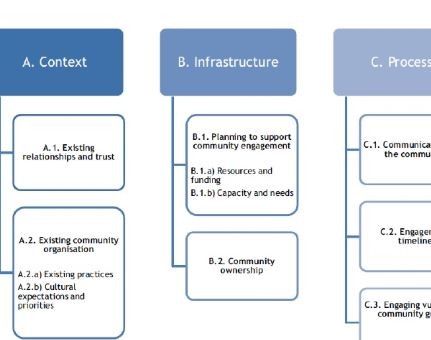
In the event of emergencies, all stakeholders are encouraged to have effective plans which aim at mitigating the social and economic disruption of entire communities. Hence broader community engagement is a key to successful disaster risk management and emergency response. However, there has not been an up-to-date summary of the existing evidence on the enablers and barriers to community engagement in this context.
What did the research involve?
The European Centre for Disease Prevention and Control commissioned a study where Ramsbottom et al. reviewed 35 relevant documents published between 2000-2016.
Based on an established framework of barriers and facilitators of community engagement in the public health domain1, they qualitatively analysed these documents and classified different factors into three broad aspects, namely “Context”, “Infrastructure” and “Process”.
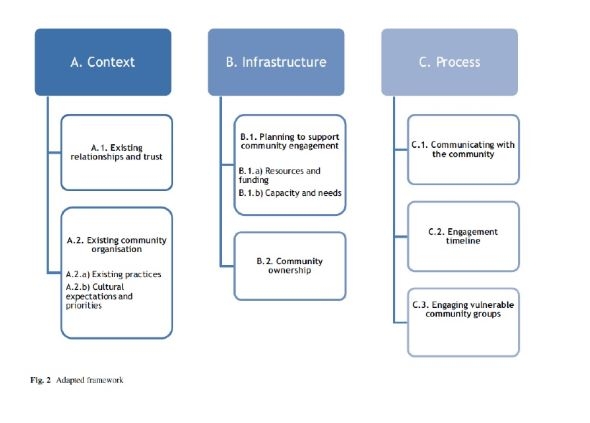
What Did the Researchers Find?
Across the 3-phase Emergency Preparedness Cycle (EPC): Anticipation, Response, Recovery, most of the literature focused on community engagement during the anticipation phase, and findings were:
Trust between the communities and institutions is a prerequisite of successful engagement across all phases of the EPC. When designing emergency preparedness programme, it is important to consider local convention and practices, such as methods of obtaining information of decision-making. It is also crucial to understand local culture and value systems. For example, there may be competing priorities, such as social- or healthcare issues, that prevent communities from engaging in emergency response preparedness.
It would be favourable to start by identifying local capacities (e.g. networks of mutual support) and needs to inform planning and prioritisation. Appropriate community empowerment, which would enhance their sense of ownership, would facilitate effective community engagement. In particular, a decentralised approach to allow communities to lead in some planning activities (e.g. identifying priorities) would incentivise sustained action and involvement. Hence, flexible funding allocation is especially favourable, because it could facilitate the development of locally relevant partnerships and programmes.
To build engagement change over different phases of the EPC, communication methods should be tailored to:
- the demographics and cultural characteristics of different community groups across different stages;
- recognise the diversity of the community and dedicate special effort to engage vulnerable sub-population (e.g. linguistically isolated population); and
- ensure the delivery of coherent and consistent information to establish reliability and trust.
What Does it Mean?
Institutions should understand clearly their existing relationships with the targeted communities and reach out to build trust as the foundation of successful engagement.
While it is crucial to identify community-specific resources, needs, and enablers and barriers of engagement at an early stage, engagement should be made throughout the EPC by culturally competent staff, with special dedication to vulnerable groups.
The Way Forward
A two-way communication between institutions and communities should be in place to understand the needs and capacities of communities and promote a sense of ownership, and building a partnership between institutions and communities.
Finally, more research is necessary to understand the enablers and barriers to community engagement during the response and recovery phase of the EPC.
---------------------
1 IHHD. (2015). Review 5: Evidence review of barriers to, and facilitators of, community engagement approaches and practices in the UK. London: Institute of Health and Human Development.
This article is summarised from: Ramsbottom A, O’Brien E, Ciotti L, Takacs J. Enablers and barriers to community engagement in public health emergency preparedness: A literature review. Journal of community health. 2018 Apr 1;43(2):412-20.
https://www.ncbi.nlm.nih.gov/pmc/articles/PMC5830497/pdf/10900_2017_Article_415.pdf




